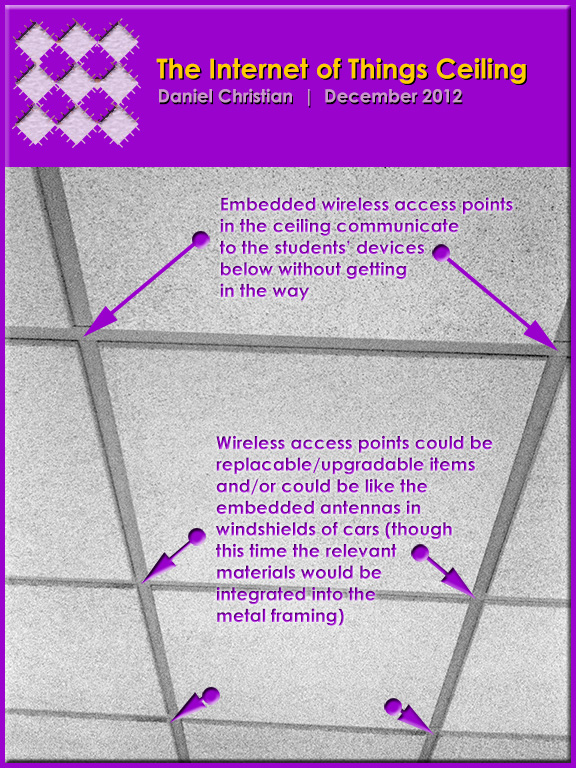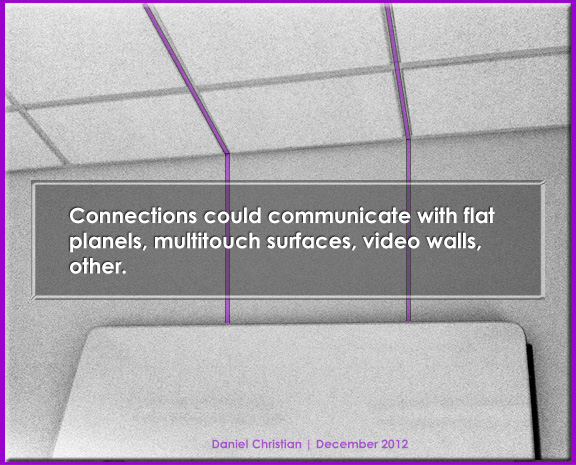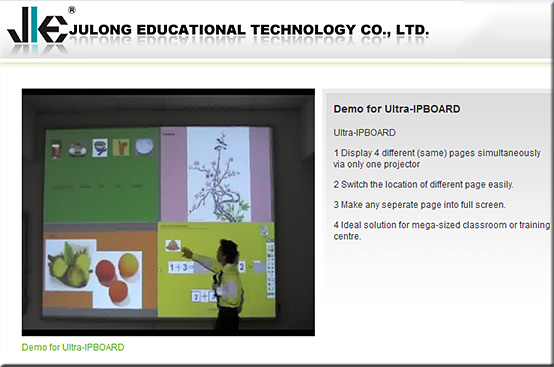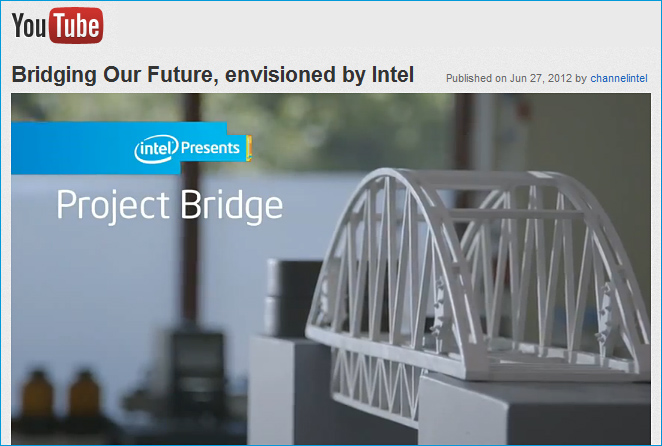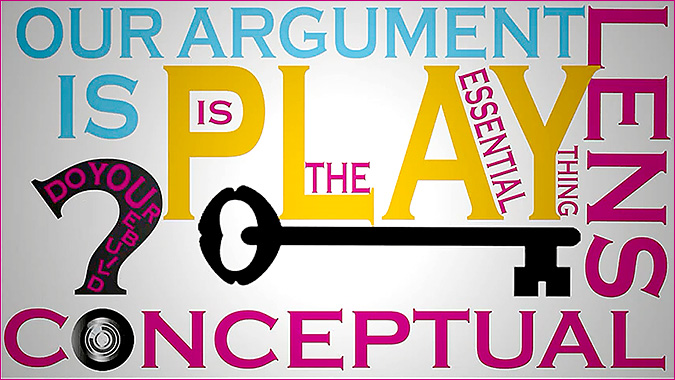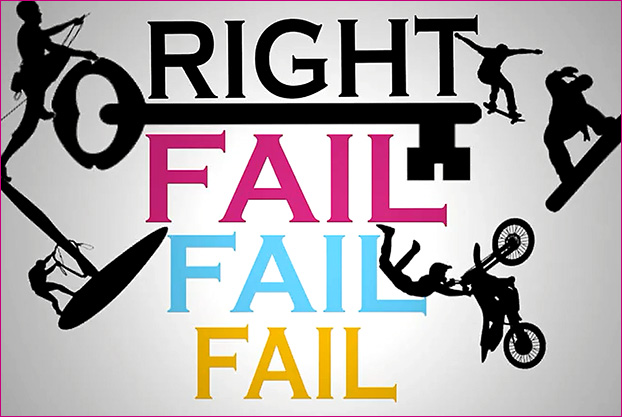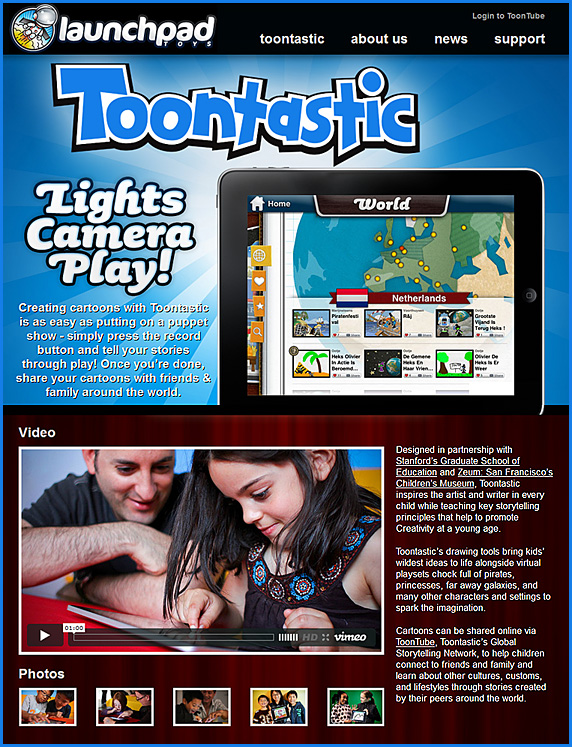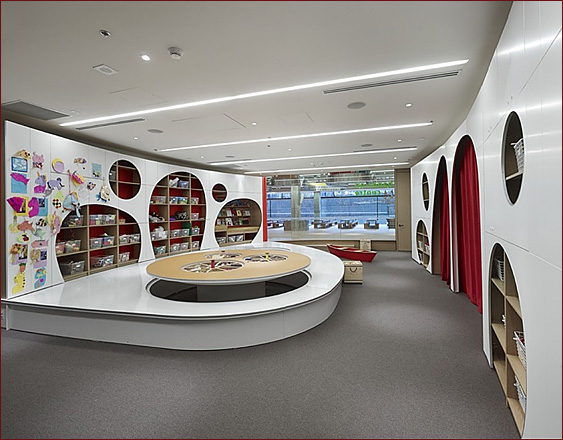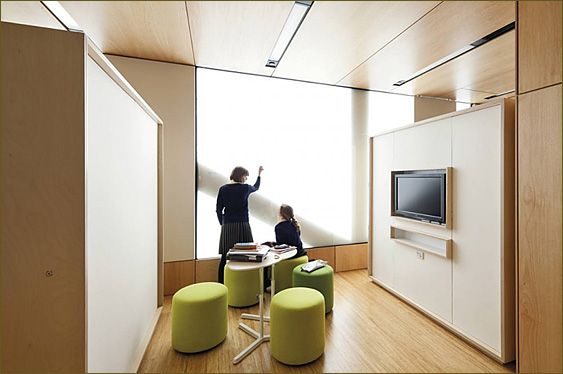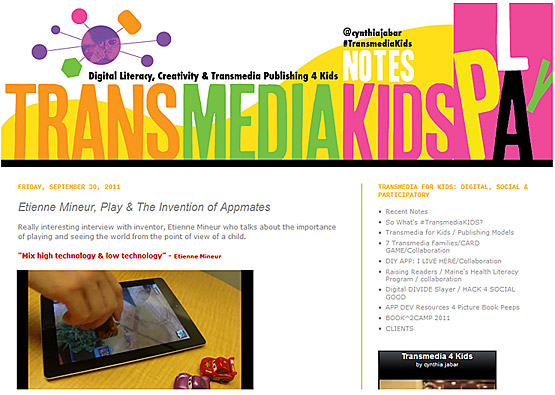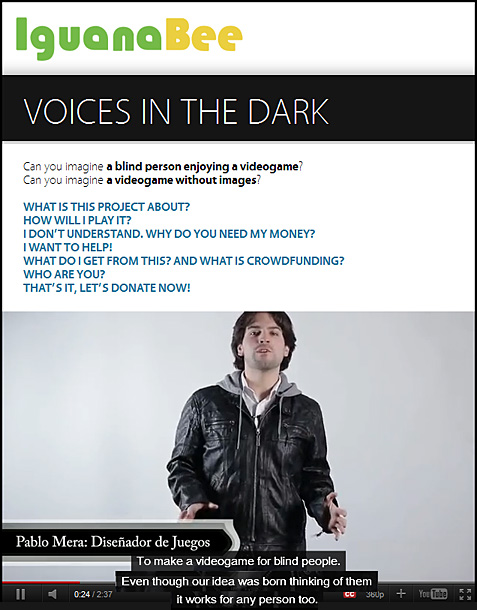An animated highlight of John Seely Brown’s Keynote Presentation, “Cultivating the Entrepreneurial Learner in the 21st Century,” at the 2012 Digital Media and Learning Conference. Published on Sep 18, 2012 by DMLResearchHub.. With thanks going out to Mr. Joseph Byerwalter for this find/resource.
.
Also see:
- Passion, Projects & Play: Restoring Creativity in the Classroom — from usergeneratededucation.wordpress.com by Howard Rheingold and Jackie Gerstein
.
From DSC: I like how Jackie titles her blog:
User Generated Education
Education as it should be – passion-based.
The Weston Family Learning Centre / Hariri Pontari Architects — from archdaily.com by Diego Hernandez
.
.
.
Addendum on 5/8/12:
Stockholm’s school without classrooms — interesting piece from architizer.com
.
Children have wild imaginations. Take Max from Maurice Sendak’s illustrated classic Where the Wild Things Are, whose mischievous tantrums cause his room to sprout into a lush, inhabited forest. In a similar experience of my own, I can recall a particular elementary school gym class, in which the gym was transformed into the perilous domain of a sword-wielding ‘gorilla’—played by my gym teacher. The masked predator hid behind colossal trees of rolled blue gymnastic mats and tangled cargo net vines before springing out to prey on us hysterical, spritely youth.

[All photos © Kim Wendt and Rosan Bosch]
.
Addendum on 1/12/12:
- The Pedagogy of Play and the Role of Technology in Learning — from pbs.org/mediashift by Aran Levasseur









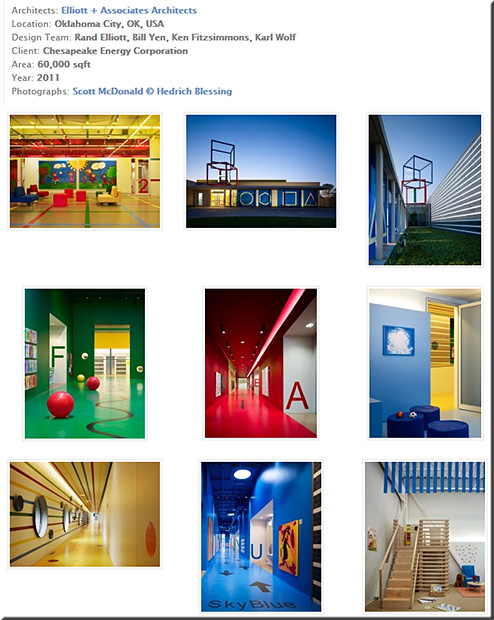
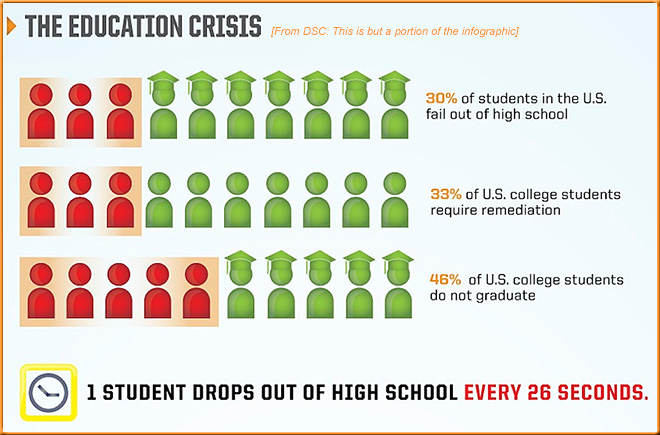
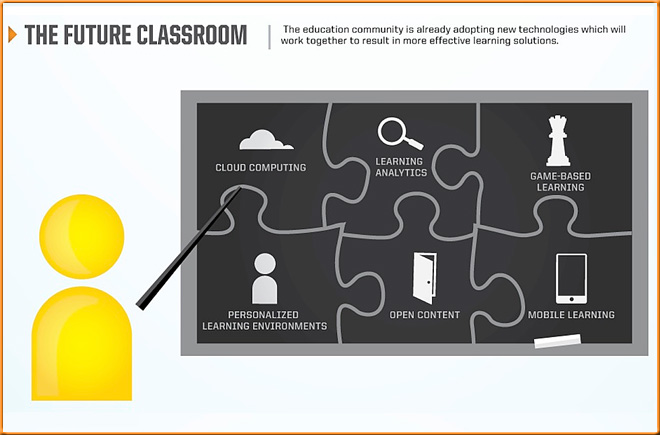
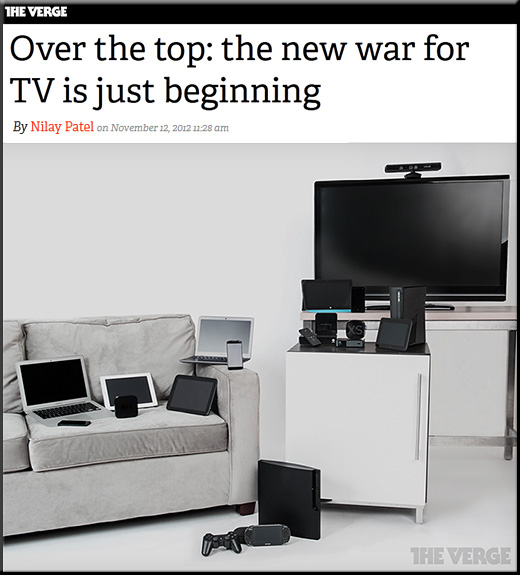
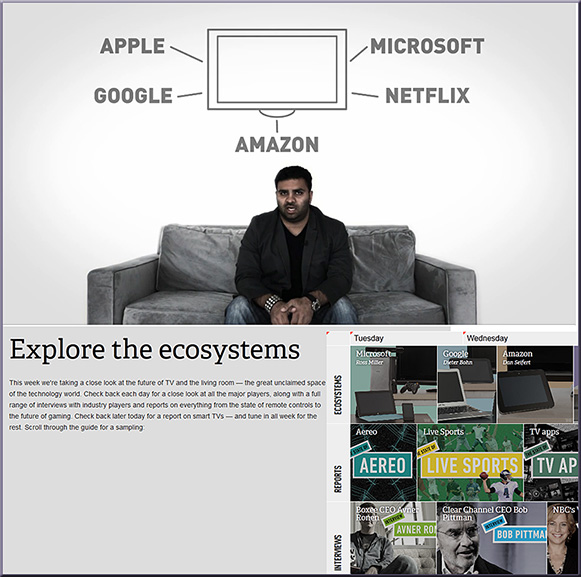
![The-Living-Class-Room-Daniel-S-Christian---July-2012 The Living [Class] Room -- by Daniel Christian -- July 2012 -- a second device used in conjunction with a Smart/Connected TV](http://danielschristian.com/learning-ecosystems/wp-content/uploads/2012/07/The-Living-Class-Room-Daniel-S-Christian-July-2012.jpg)
